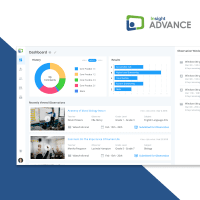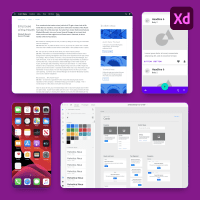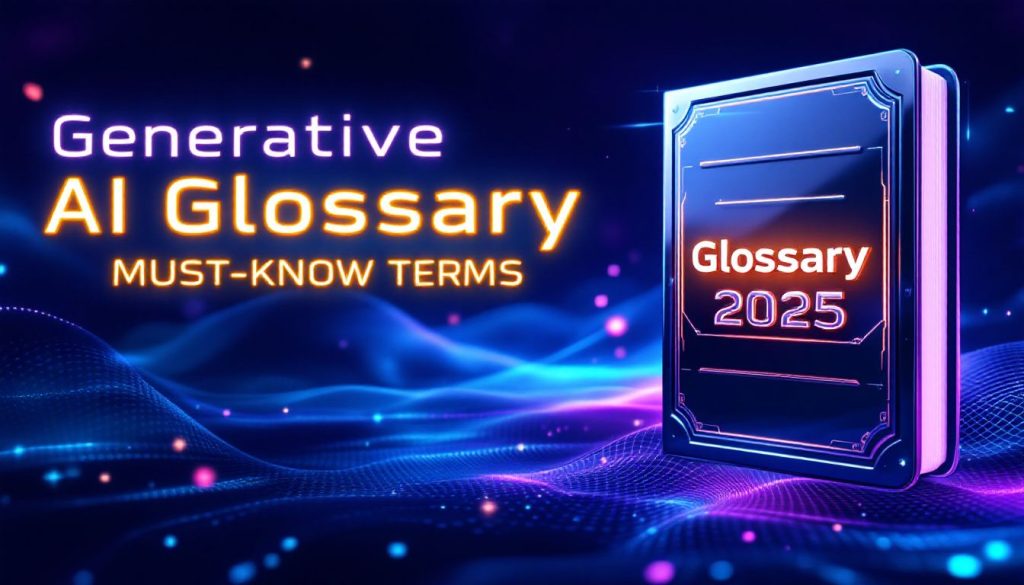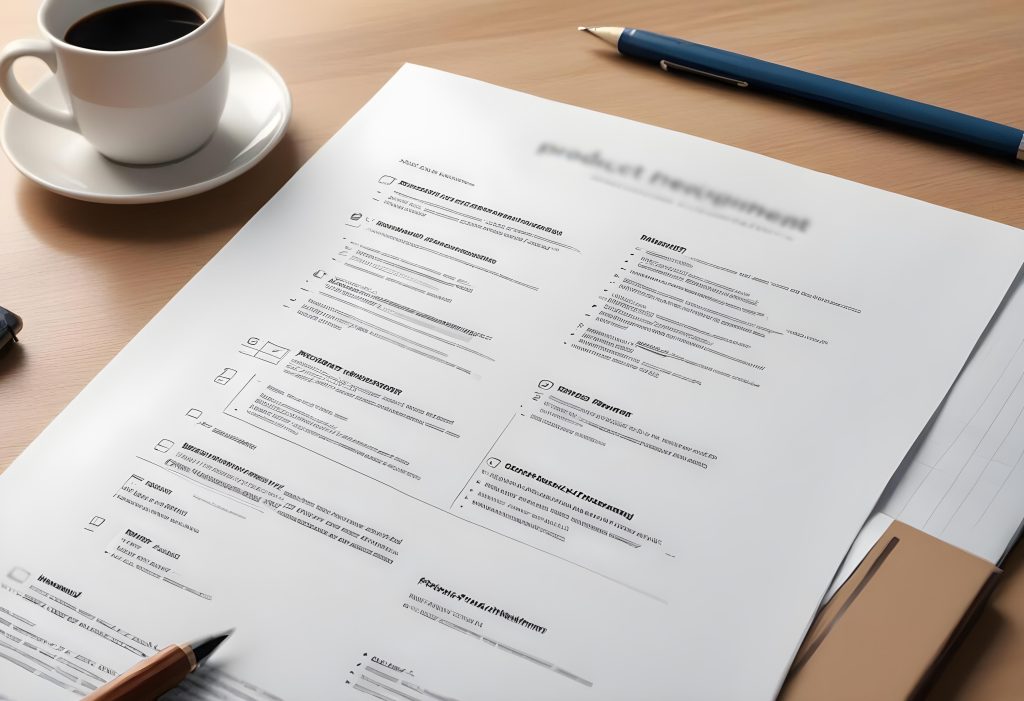
The Product Requirements Document (PRD) is experiencing a resurgence in the Agile development world. Once sidelined with waterfall methodologies, PRDs are now finding a new role. Let’s explore their fit in today’s iterative cycles and whether they still hold value.
What is a PRD Anyway?
At its heart, a PRD is like the ultimate to-do list for product development. It lays out all the features, functionalities, and constraints of a product in meticulous detail. Think of it as your trusty roadmap, guiding you from that initial spark of an idea to a fully-fledged product. It’s supposed to get everyone on the same page about what needs to be built, why it’s important, and how we’re going to make it happen. Imagine trying to bake a cake without a recipe. You might end up with something edible, but will it be the cake you envisioned? The PRD serves as that recipe, ensuring everyone knows what ingredients to use and the steps to follow.
Who Really Reads These Things?
We all know about user stories, right? Those neat little nuggets of value that a Product Manager puts together to describe what we’re aiming to achieve. They’re short, sweet, and to the point—like the haikus of product development. User stories are meant to kick off conversations and clarify expectations, ensuring everyone’s aligned before diving into the code. But PRDs? They can be over 10 pages long! We haven’t ever come across an engineer that has the patience to read a document that long without updating their LinkedIn profile to “Open to Work!” So, who’s the PRD really for?
The Two Faces of PRDs
We’ve seen two types of companies wielding PRDs. Some companies use PRDs as detailed, locked-down requirements documents aimed at developers.
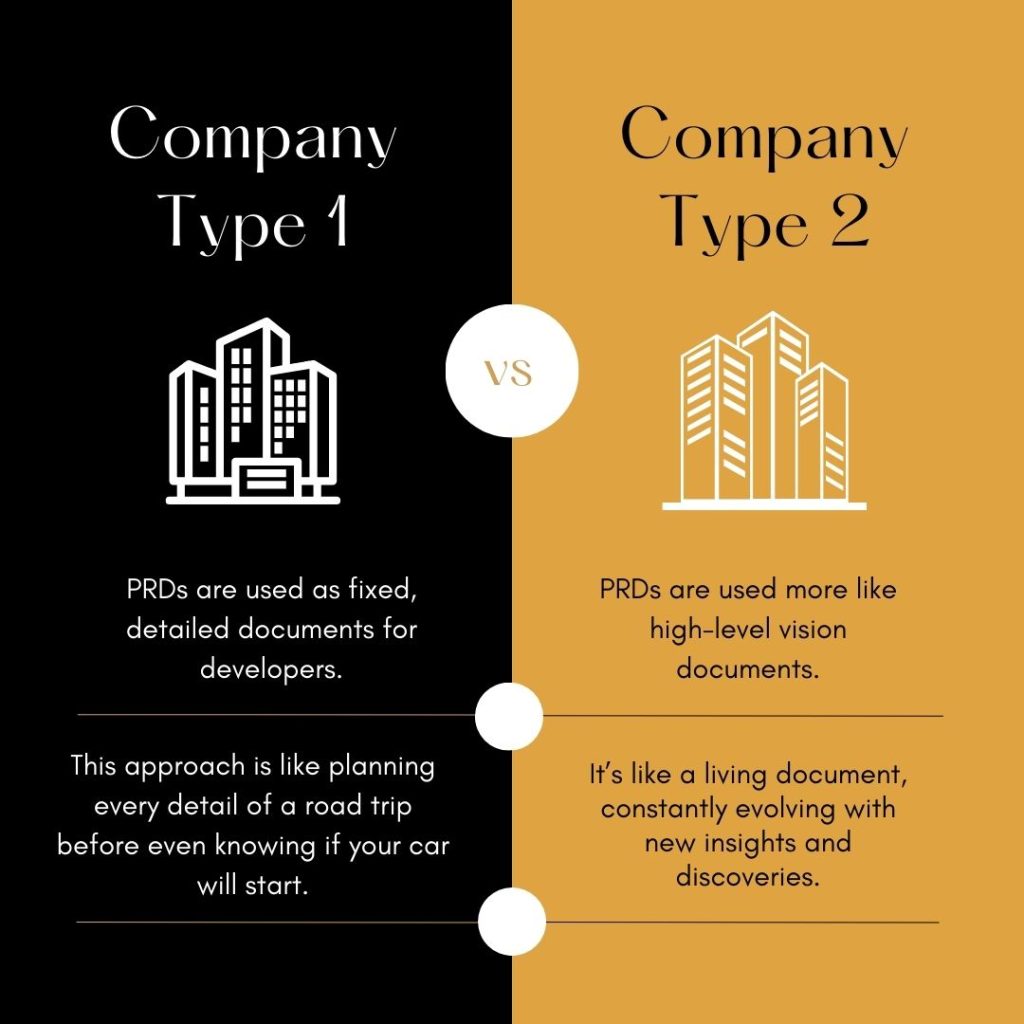
We recently encountered a Bay Area company insisting on a PRD for every large functionality set—while claiming to be Agile. They want every requirement nailed down before letting Product Managers write a user story. This approach is like planning every detail of a road trip before even knowing if your car will start. On the other hand, there are companies that treat PRDs as living documents, evolving with new insights and discoveries. If it’s a living document, constantly evolving with new insights and discoveries, we’re all for it. But honestly, there are so many better tools for this, like Lean Product Canvases or those snazzy visual templates in Miro. A long-winded Google Doc just doesn’t cut it. It’s like trying to use a flip phone in the age of smartphones.
Who’s the PRD For?
PRDs are often said to be for senior stakeholders, but in reality, they may serve mid-level managers more, focusing on control rather than collaboration. For PRDs to be effective, they should cater to the needs of the entire team, not just middle management. This means providing high-level overviews for executives while offering detailed sections for developers. A one-size-fits-all approach doesn’t work; the document must be versatile and tailored to various audiences within the organization.
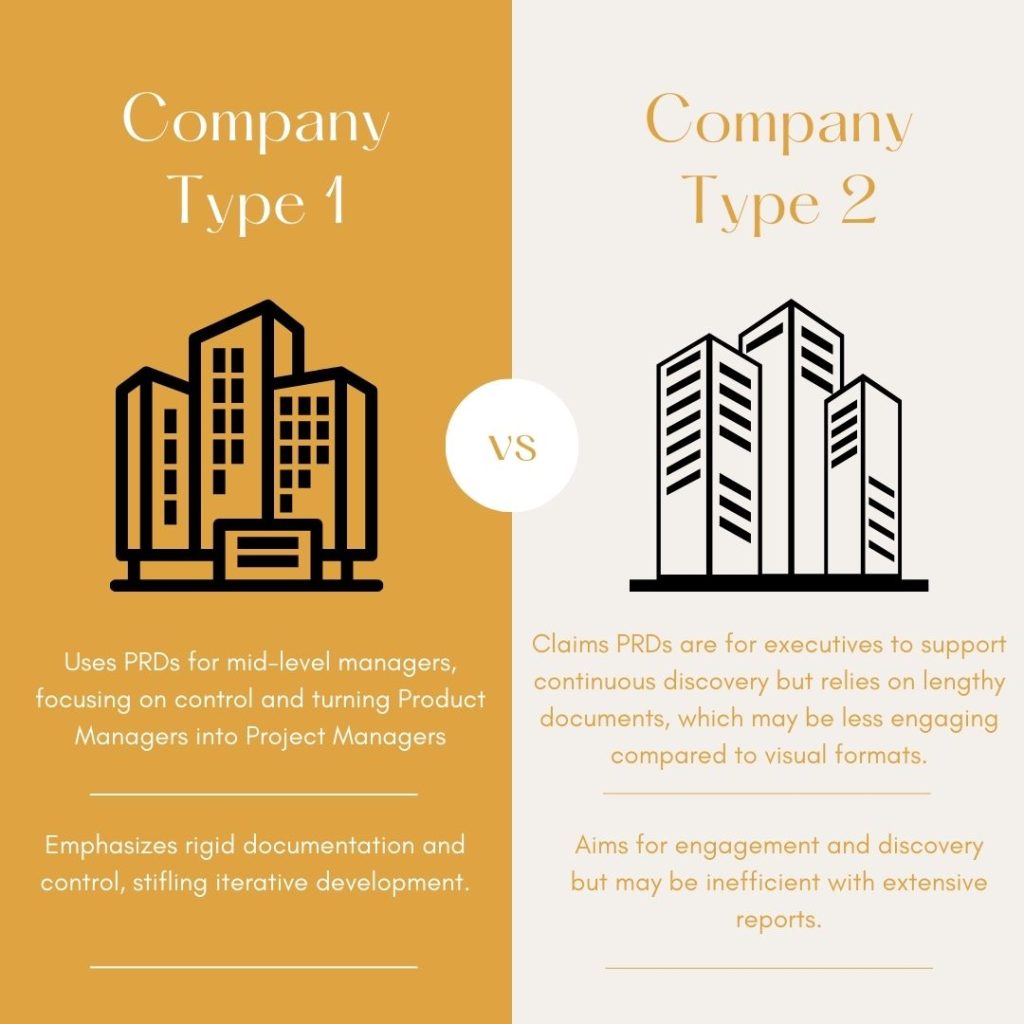
PRDs are often said to be for senior stakeholders, but in reality, they may serve mid-level managers more, focusing on control rather than collaboration. For PRDs to be effective, they should cater to the needs of the entire team, not just middle management. This means providing high-level overviews for executives while offering detailed sections for developers. A one-size-fits-all approach doesn’t work; the document must be versatile and tailored to various audiences within the organization.
The Role of PRDs in Agile Development
PRDs can fit into Agile development if they evolve to become living documents, regularly updated and refined. In Agile, the PRD should start as a high-level vision and be iteratively expanded. This approach ensures the team remains aligned with overall goals while adapting to changes. For example, integrating feedback loops where user feedback can prompt updates to the PRD keeps it relevant and ensures the product evolves in line with user needs.
Example
Let’s say there’s a company developing a new mobile app. Initially, the PRD might outline the core features and the problem the app is solving. As the team starts development, user feedback might reveal new requirements or highlight issues with the initial assumptions. The PRD should then be updated to reflect these new insights, keeping the development process aligned with user needs and business goals. Another example is a software company working on a major update for their platform. The PRD could start with a high-level overview of the update’s objectives and key features. As development progresses and more detailed information becomes available, the PRD can be expanded with technical specifications, user stories, and acceptance criteria. This approach ensures that the PRD remains relevant and useful throughout the development cycle.
Balancing Detail with Flexibility
A key challenge in using PRDs effectively is finding the right balance between providing enough detail to guide development and maintaining enough flexibility to adapt to changes. This balance is crucial for fostering innovation and ensuring that the product evolves in response to user feedback and market demands. Striking this balance requires a strategic approach. High-level details should remain consistent to provide direction, while lower-level details should be flexible to allow for iterative improvements. This balance fosters innovation and ensures the product can evolve in response to new insights.
Integrating PRDs with Modern Tools
To keep PRDs relevant, they should be integrated with modern project management and collaboration tools. For example, linking PRDs to tools like Jira or Trello can help track progress and updates in real-time. Using visual tools like Miro for brainstorming and Lean Product Canvases for high-level planning can complement the detailed documentation in PRDs. This integration ensures the PRD remains a living document, constantly updated and aligned with the latest project insights and developments.
The Final Verdict on PRDs

When used rigidly, PRDs can stifle innovation. As dynamic, evolving documents, they provide valuable context and alignment. Ultimately, the effectiveness of a PRD depends on its implementation. A rigid PRD is a relic of waterfall methodologies, but an evolving, living PRD can be a powerful tool in Agile development. It ensures alignment without stifling flexibility, helping teams navigate the complexities of product development while fostering innovation.
The resurgence of PRDs in Agile development highlights the need for balance and evolution. By transforming PRDs into living documents that adapt to new insights and changes, teams can maintain alignment and drive innovation. The key takeaway is that PRDs are not inherently bad or good; their value lies in how they are used. Embracing a flexible, iterative approach to PRDs can enhance their utility and support the principles of Agile development. As a product development consultant, it’s crucial to advocate for PRDs that evolve with the project, providing clear guidance without stifling innovation. What’s your take on PRDs? Have they helped or hindered your projects? Share your stories and opinions in the comments—let’s get a conversation going!
#ProductManagement #AgileDevelopment #Innovation #UserStories #TechTalk #ProductStrategy #TeamCollaboration #ProductDevelopment #SoftwareEngineering #AgileVsWaterfall #TechDebate #ProductVision #LeanProduct #ContinuousImprovement

Pek Pongpaet
Helping enterprises and startups achieve their goals through product strategy, world-class user experience design, software engineering and app development.
|
-

“Impekable delivered multiple, fantastic options for us… they genuinely cared about the project and our goals.”
Co-founder, JSwipe, acquired by Tinder
Our Case Studies
